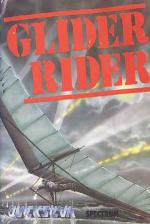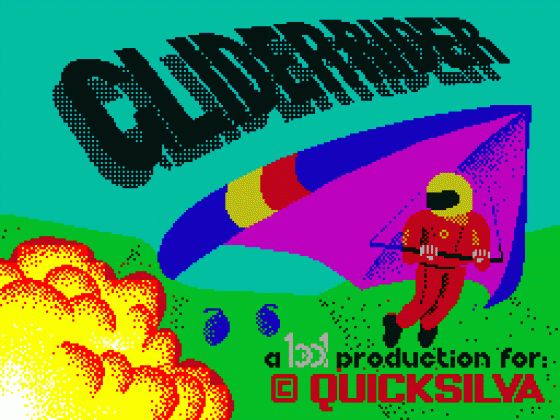Other Reviews Of Glider Rider For The Spectrum 48K/128K
Glider Rider (Binary Design)
A review by (Crash)
Glider Rider (Quicksilva)
A review by Tommy Nash (Your Sinclair)
Glider Rider (Quicksilva)
Ride the thermals in Quicksilva's glide and destroy mission
Glider Rider (Quicksilva)
A review by Graham Taylor (Sinclair User)
Glider Rider (Quicksilva)
A review


 1st November 1986
1st November 1986


